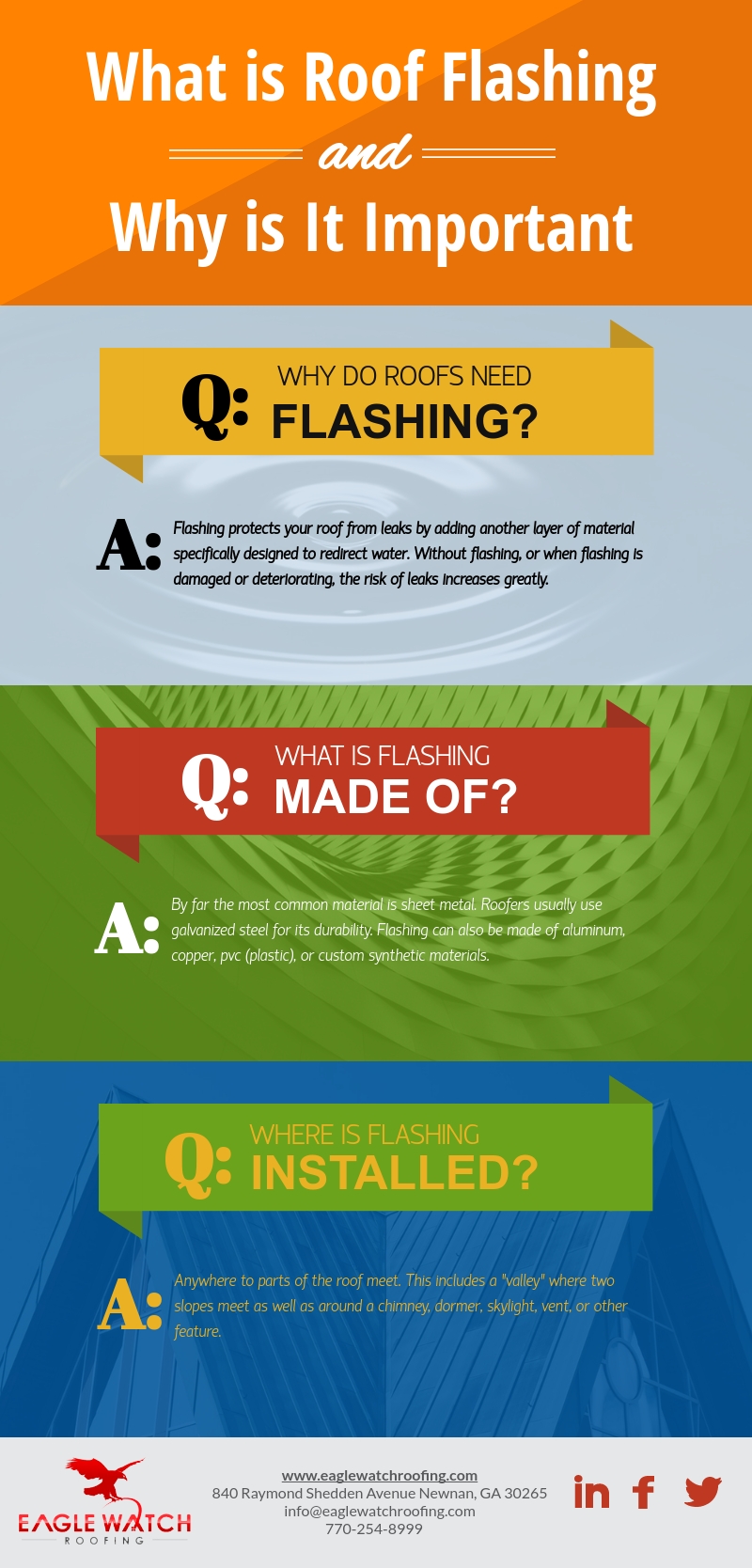Deliberate The Expenses And Advantages Of Solar Installation To Uncover The Possible Economic Gains Awaiting Those Considering This Renewable Resource Investment
Deliberate The Expenses And Advantages Of Solar Installation To Uncover The Possible Economic Gains Awaiting Those Considering This Renewable Resource Investment
Blog Article
Material Author-Castro Stiles
When thinking about the prices of solar installation, you could question the upfront investment called for and whether it straightens with the potential long-term advantages. Understanding the complexities of these costs and the various aspects influencing the general return can clarify the worth proposal of transitioning to solar energy. By assessing solar financing companies and the predicted savings over time, you can gain understanding right into whether the investment in solar installment holds assurance for your financial future.
Initial Setup Expenses
When considering the expenses of solar installment, the first setup expenditures play a vital duty in your decision-making process. These upfront costs consist of the price of photovoltaic panels, inverters, mounting equipment, and installment labor.
The cost of photovoltaic panels can differ depending upon the brand name, effectiveness, and size you choose. Inverters are important for transforming the sun's power into usable power and come in various kinds such as string inverters, microinverters, and power optimizers, each with its own expense effects.
Installing devices, such as racks and rails, is necessary to securely mount solar panels on your roofing system or building.
The installment labor cost covers the specialist installment of the solar system, guaranteeing that everything is set up appropriately and effectively. Bear in mind that while these preliminary configuration costs might appear high, there are typically refunds, tax incentives, and funding choices offered to aid offset the costs and make solar setup much more affordable in the long run.
Long-Term Financial Savings Analysis
To comprehend the monetary advantages of solar installment in time, it's important to perform an extensive long-lasting financial savings analysis. While commercial solar installation of solar panels may appear overwhelming, the long-lasting savings can surpass these costs substantially. By taking solar panels installers of the power of the sunlight to generate electricity for your home, you can possibly conserve thousands of dollars on your energy costs over the lifespan of your planetary system.
One of the key elements to think about in a long-lasting financial savings analysis is the reduction in your electricity costs. With photovoltaic panels, you can produce your electrical energy, minimizing and even eliminating your reliance on the grid. This can result in substantial cost savings, especially as utility rates continue to rise.
In addition, lots of federal governments use motivations such as tax obligation debts and rebates for setting up solar panels, further boosting your long-lasting savings. By capitalizing on these motivations and optimizing your solar energy production, you can enjoy considerable economic advantages for several years ahead.
Roi Estimation
Thinking about the financial advantages of solar setup, it's time to analyze the Return on Investment (ROI) calculation. Establishing the ROI includes contrasting the overall expenses of mounting a planetary system with the monetary advantages it generates over its life-span.
To compute ROI, split the net benefit from the system by the overall investment price and multiply by 100 to get a percentage. The ROI formula is: (Internet Profit/ Total Investment Expense) x 100.
For example, if the overall price of installing a planetary system is $20,000, and over its life-span, it produces financial savings and revenues totaling $30,000, the internet revenue would be $10,000. Dividing this by the total financial investment cost of $20,000 offers a proportion of 0.5. Multiplying this by 100 provides an ROI of 50%.
Generally, a higher ROI shows a much more financially satisfying investment. Aspects like federal government rewards, maintenance expenses, and power price variations can impact the ROI of solar setups. Comprehending the ROI aids in assessing whether buying solar power is worth it in the long run.
Conclusion
In conclusion, comprehending the prices of solar installment is essential for establishing if it deserves the investment. By thinking about initial configuration costs, conducting a lasting cost savings analysis, and computing the return on investment, you can make an informed choice concerning the economic value of solar energy. With the capacity for lowered energy bills and raised power freedom, purchasing solar setup can be a clever selection for both your pocketbook and the environment.
